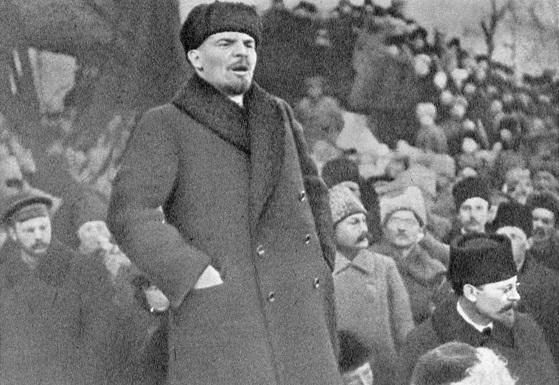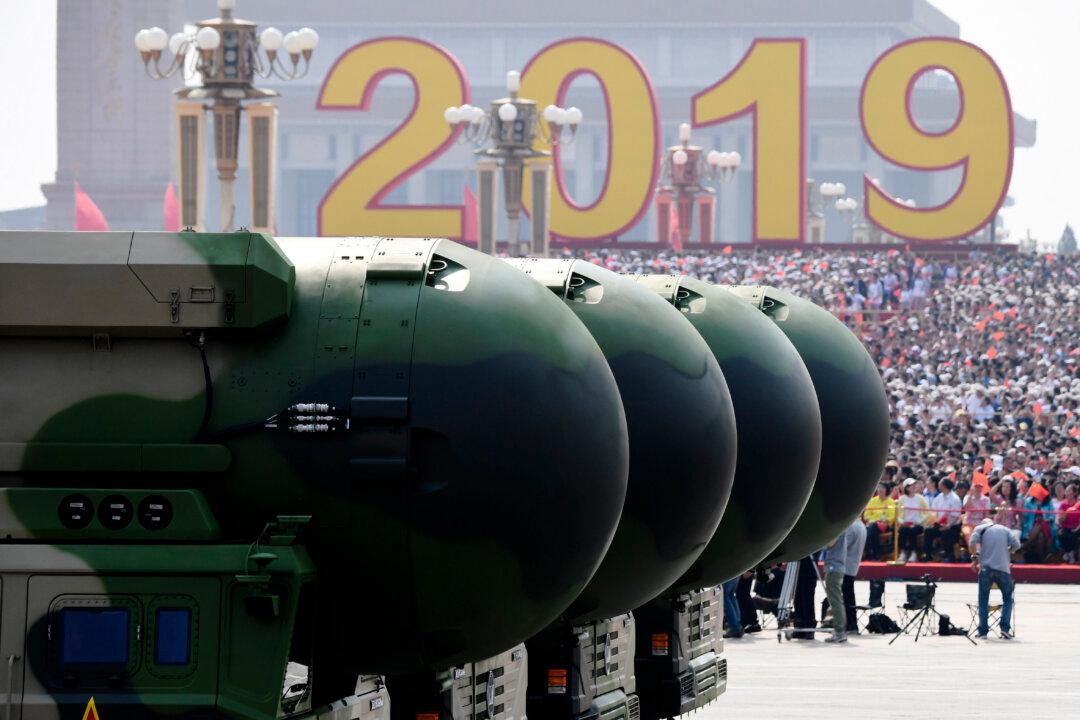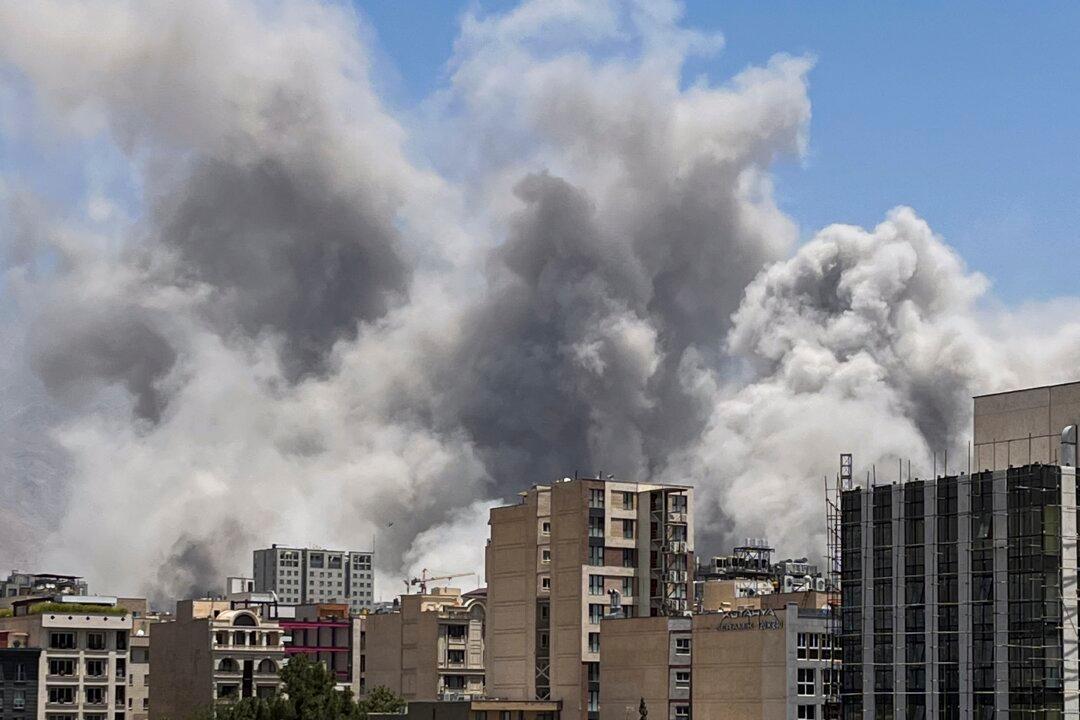All throughout 1917, the toils of war and cascading revolutionary activity overturned the Russian Czarist government and established the left-leaning but democratically principled Provisional Government. The new authorities made preparations to hold elections. For the many political philosophies and groups then existing in Russian intelligentsia, it was an exciting prospect.
In March 1917, Czar Nicholas II was deposed and forced to abdicate following major bloodshed in St. Petersburg, then the capital of the Russian Empire. But the vast nation, containing many different cultures and races across about 20 percent of the world’s land area, had never been a democracy and was unprepared to implement a universal, secret electoral system.




